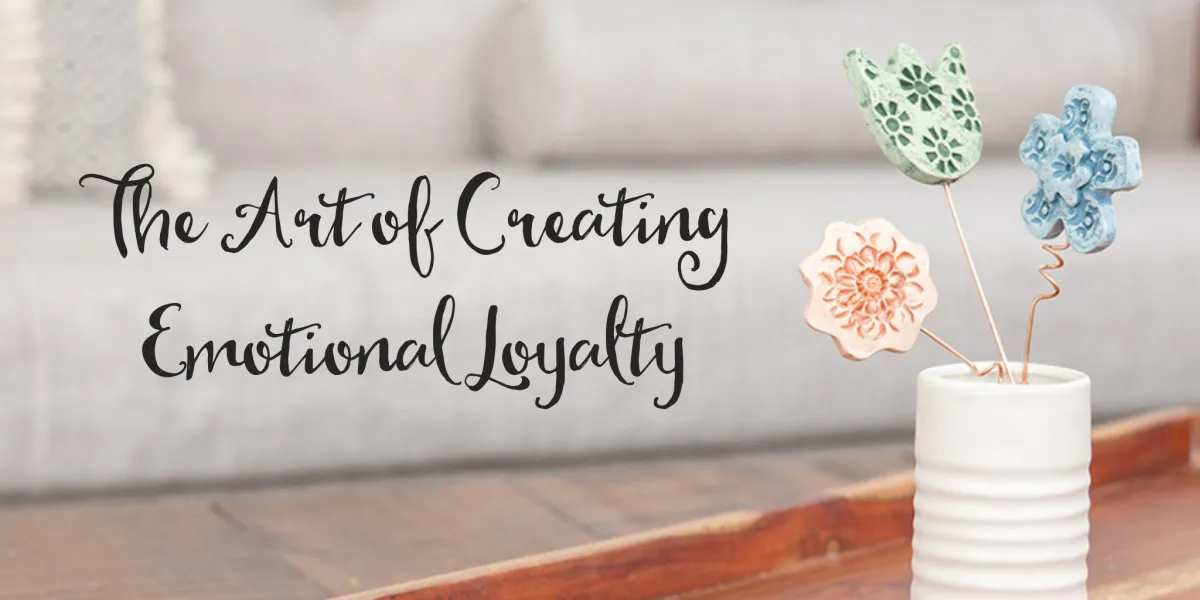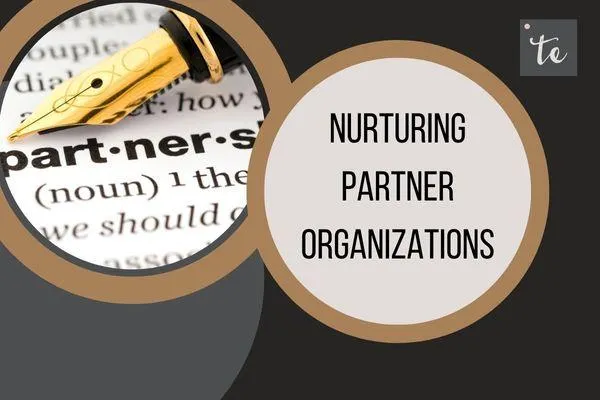
What Swimming Teaches Us About Team Relationships
In my latest video, I break down how swimming teaches us the importance of these relationship-building efforts and the specifics of what we as leaders need to nurture with our teams.
Holiday Gift Insights - What Everyone Else Is Doing
In an effort to simplify the decision-making process, we're sharing some of the trends we've seen with gifting over the years. We're even sharing our best seller and why that gift had such success.
What Makes A Successful Holiday Gift? The Travel Bag Edition
Last year we had the opportunity to work with one of our clients in the travel and tourism space to design an experience that delivered their highest engagement yet.

Nurturing Partner Organizations
Nurturing Partner Organizations
One of the three key relationships that we stress the importance of nurturing is your leads (existing clients and the ecosystem of supporting relationships are the other two). Over time we have found that if companies have plans for building relationships with leads, they usually do so in one of two ways; A) Every lead gets the same follow-up, and B) There are segments of leads and those identified as dream prospects (or top prospects) receive additional attention and strategized nurturing.
Every once in a while we come across a company that has a third approach. This approach consists of nurturing relationships with dream partners who will make very warm introductions (referrals) when the partnership is right. In one of my latest conversations with agency owners about the successes and challenges of relationship building, I found this approach in the planning stages.
Kim Jones is a partner and President at Willow Marketing, a full-service marketing, and communications consultancy. Kim told me that their niche is “in associations and member-based organizations”. This explains why Willow has plans to nurture high-potential partnerships, they understand the value. Community and membership organizations are often best grown through word of mouth and relationships.
The Value of Dream Prospects & Partners
When I asked Kim how Willow makes sure their prospects feel valued, she shared that they are working on plans for two types of relationships. One for their dream prospects who they want to market to and then one for partners. To understand how to use dream partners, we first also need to understand the overall value of dream contacts.
Obviously, not all leads or prospects are worth the same. This is why Willow has chosen to segment a list of top leads to invest greater effort when it comes to relationship building.
Dream prospects should consist of those contacts that when converted to customers would be your most valuable customers. The best litmus test we can give you is to think about the value of your highest package. Would you be willing to invest $1000 to win a client who would convert to this package? These are the people you should look to place in the Dream Prospect segment.
Since these prospects are worth the most, clearly, they will also require a significant amount of time to manage. Therefore, the potential number of prospects you should place in this segment should be limited, and we suggest a number between 12 – 25. Willow was working on a list of around 35. It’s also worth noting that most people don’t start with a complete list. We typically see contacts added to these lists in batches.
Now, let’s talk about the second version of this list of dream contacts – the Dream Power Partners (or Strategic Partners). This is an entirely separate set of connections that are just as valuable and worth nurturing. For Kim’s team, she shared that their identified power partners would be great connections because they could even refer their own clients to Willow.
Now, let’s come back to looking at this with the lens of the $1000 investment in a relationship – how many referrals would you need from a power partner to make them worth this investment? Likely not many.
Who are your potential power partners?
Now that you understand the potential value in these relationships, where do you find them? Power partners are generally companies who work in parallel spaces and serve the same market you do but offer different services. You may even find these connections in your ecosystem of supporting business relationships.
Think about your contacts in any of the following spaces. Could these relationships serve as power partners that are worth your attention to nurture at a deeper level?
Leaders of associations or clubs
Event Leaders
Other Thought Leaders or Influencers
Vendors
Mentors and Advisors
Peers
Media Personnel
Blended Approaches to Relationship Building
Kim shared that Willow recently celebrated a milestone of 30 years in business. When asked what she felt the secret was to Willow standing out among their competitors when it comes to new business development, she said that a lot of that was driven by the founder. “He is a networking guy. You could send him into any room where he doesn’t know anyone, and he will make a ton of friends. That’s where he thrives and that’s how Willow has grown over the last 30 years.”
Willow is currently undergoing a bit of a transition as Kim has become a partner in recent years. As they look forward to the next 30 years, they are working on developing a strategy that blends the old school, “who you know” approach, with more traditional marketing plans. As such, they are starting to define a strategy to nurture key relationships that can function more like a campaign – or a system of touch points.
As our world starts to open up again and the demands on our time continue to shift, this desire to blend the high touch with high tech is becoming more common.
How to nurture dream power partners
Many of the business leaders we’ve been talking with are starting to see a need for a more consistent, strategic approach to nurturing relationships with prospects and in some cases power partners, we’ll call these dream connections. Once you know who you’re working with, you next need to know what you’re going to do to nurture the relationship. Below you’ll find a 3-step approach to creating a strategy for nurturing these valuable relationships.
Step 1
When it comes to dream connections, you’ll want to have an on-going plan to stay connected so that you’re always front of mind for when they are ready to convert or when they identify a referral. We typically recommend a complete system that spans a year, spaced at every 6-8 weeks. With this approach, you’ll be planning around 8 specific touch points.
Step 2
Now that you know the number of touch points you need, make a list of all the ways that you can be helpful to these connections. Examples:
Do you have research you can share (yours or that of another expert that feels relevant)?
Do you have worksheets, workbooks or content that might help them do their job better?
Are you an author or do you have a book you recommend to people?
Do you have a podcast or a video series to share?
Do you have a valuable connection?
Is there a holiday or occasion that is coming up to have a “just because” moment?
Do you know their birthday?
Do you know of a goal or milestone they are working toward?
Step 3
The last step is to take the ideas from above and map them out to the 8 touch points throughout the year. The touch points can be a combination of digital and physical.
Example:
Touch point 1: Send my book with a message about which chapter is most valuable.
Touch point 2: Email link to podcast with suggested episode.
Touch point 3: Send our research with worksheets for applying the content.
Hopefully this gives you a starting place to design a system of nurturing that works for your team. It’s alright if the thought of developing 8 touch points feels too overwhelming and you need to scale that back. Plenty of teams start out with a handful and continue to add over time as the process smooths out. Whatever it is, make sure that you can consistently execute against the plan. It’s the consistency over time that creates the trust and emotional connection.
Creating strong emotional loyalty is what we do at The Expressory. Let's get to know each other and find out if The Expressory can help you grow your brand through personalized experiences. Click here to set up a Marketing Strategy Session or click here to download our free guide for Creating Emotional Loyalty by Design. Let us show you how to design a unique experience that sets you apart.
Looking for ways to nurture relationships with prospects or potential power partners? Make a list of all the ways that you can be helpful to these connections. Use these ideas for touch points in your system of nurturing.
Address:
1500 S. Sylvania Ave #106
Sturtevant WI 53177
Phone:
414.243.8971

